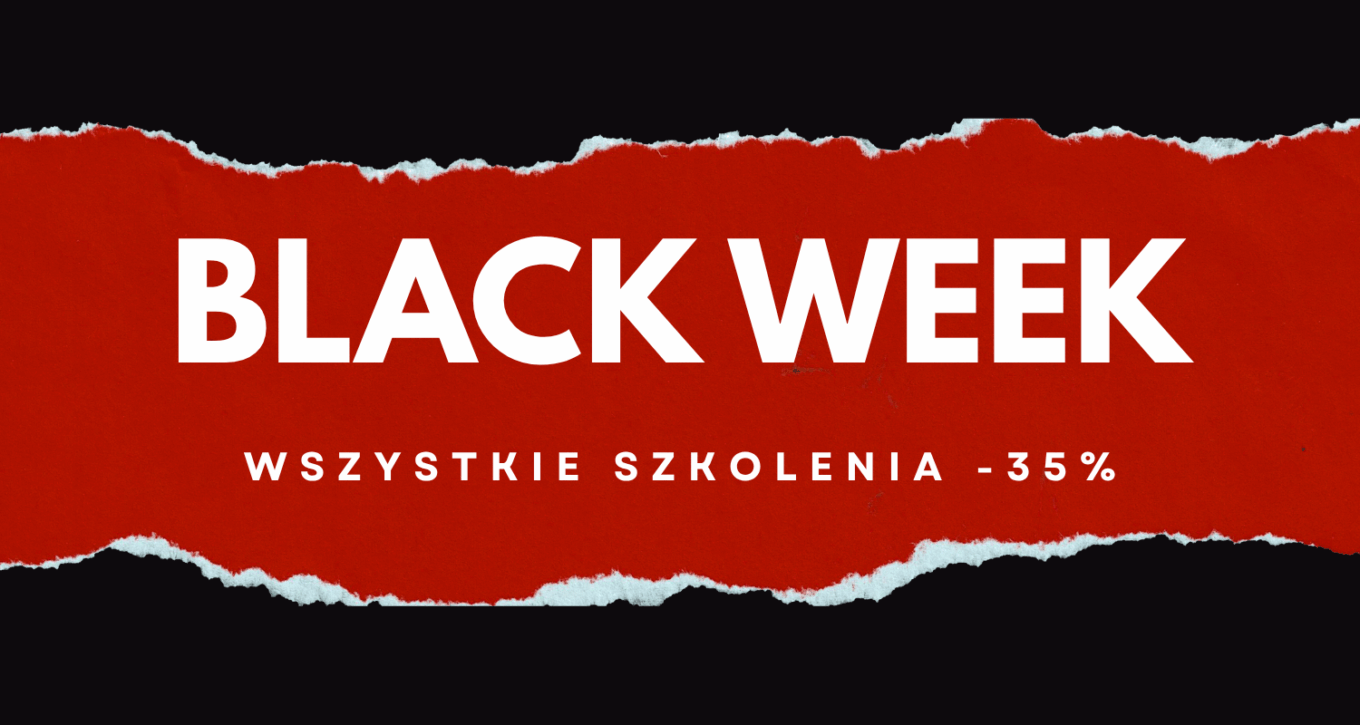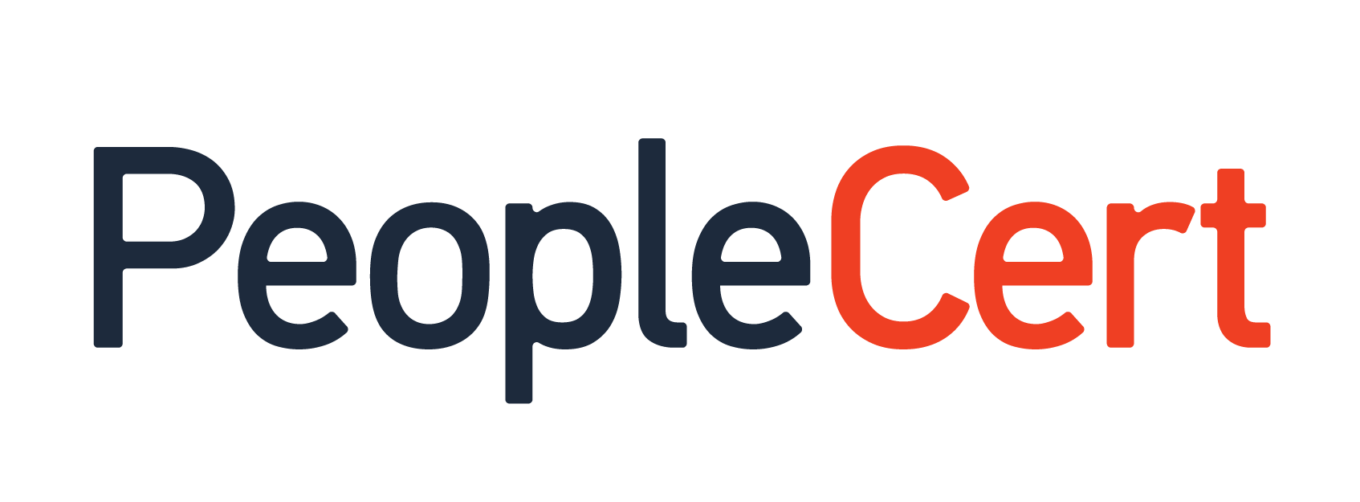In today's business environment, where projects are often associated with unpredictability, risk management becomes a key element of success. Every project, regardless of its scale, carries risks - potential events that can affect the schedule, budget or quality of implementation. That is why it is so important to have tools that support the identification and control of risks.
Risk management is a key element of any project's success, and Asana is a tool that can significantly facilitate this process. With features such as a risk register, process automation, and data visualization, this platform allows teams to be proactive and effectively deal with potential difficulties. Investing in this approach translates into greater project stability and success in terms of budget, schedule, and quality of execution.
What exactly is risk management?
Risk management is the process of identifying, analyzing, and responding to potential threats that could affect project implementation. Its goal is to minimize the likelihood of problems occurring and to limit their effects. It is worth remembering the difference between risk and problem:
- Risk is something that may happen and affect the project.
- A problem is a situation that has already occurred and requires a solution.
Risk management allows teams to be proactive – anticipate difficulties and prepare contingency plans.
How does Asana support risk management?
Asana was designed as a project and task management tool, but its functionality is also great for risk management. Here are some ways Asana can help:
1. Risk register
One of the basic tools in risk management is the risk register. In Asana, it can be created as a dedicated project or a list of tasks within a project. Each task represents one risk and contains detailed information:
- Description of the risk,
- Category (e.g. budget, schedule),
- Likelihood of occurrence,
- Impact on the project,
- Response plan,
- Person responsible for monitoring.
With custom fields in Asana, you can easily add this information to any task.
2. Data visualization
Asana offers a variety of ways to display data—lists, Kanban boards, calendars, and timelines. This allows teams to quickly assess the status of individual risks and monitor the progress of preventive actions. Another valuable feature is the extensive reporting features built into Asana. This tool allows you to generate dynamic charts that you can customize in any way you want, or even create using AI functions.
With AI features, Asana optimizes everyday work for both project managers and lower-level employees. You can read more about AI capabilities in Asana in the article: Artificial Intelligence in Project Management – AI Features in Asana
3. Process automation
Workflow automation is another Asana feature that makes risk management easier. Examples of use cases:
- Automatic prioritization of high-risk tasks,
- Notifying the appropriate people about new threats,
- Set reminders for preventive action due dates.
4. Assigning Responsibility
Each task in Asana can be assigned to a specific person, so it’s clear who is responsible for monitoring a given risk and implementing a response plan.
How to control risks with Asana?
Risk control is a key step in the overall risk management process. Here are some ways to leverage Asana’s features in this regard:
- Regular status updates
In Asana, you can set regular reminders to update the status of risk-related tasks. This way, your team always knows what actions have been taken and what their results are.
- Monitoring task dependencies
Visualizing task dependencies (e.g. on a timeline) allows you to predict the effects of delays in one task on the entire project.
- Team meetings
Asana’s comments and status update features make it easy to organize team meetings to discuss risk status.
- Track progress
Custom fields allow you to track the implementation of response plans for each identified threat.
Predicting future threats
While Asana doesn’t offer advanced predictive features, its tools support a proactive approach to risk prediction:
- Historical Data Analysis
Analyzing past projects allows you to draw conclusions and identify patterns of common threats.
- Design templates
Templates containing lists of potential threats can be a starting point for identifying risks in new projects.
- Strategic Goals
This feature helps define realistic goals according to the SMART principle (Specific, Measurable, Achievable, Relevant, Time-bound), which reduces the risk of unrealistic expectations.
Benefits of Using Asana for Risk Management
By using Asana for risk management, companies can count on many benefits:
- Better workflow: All threat information is stored in one place.
- Proactive approach: Teams can anticipate problems rather than react to them after they occur.
- Saving time: Process automation allows you to focus on the most important activities.
- Better communication: Asana’s collaboration features make it easier for team members to share information.
- Increased transparency: A risk register accessible to all stakeholders increases the transparency of the project management process.
Application examples
- Key task delays
A task can be added to the risk register to delay an important project step, along with a contingency plan (e.g. shifting resources).
- Over budget
Expense tracking tasks help you avoid overspending.
- Communication problems
Regular team meetings and the use of the commenting function minimize the lack of information flow.
- Loss of a key team member
Documenting knowledge and training other employees protects the project from downtime.










